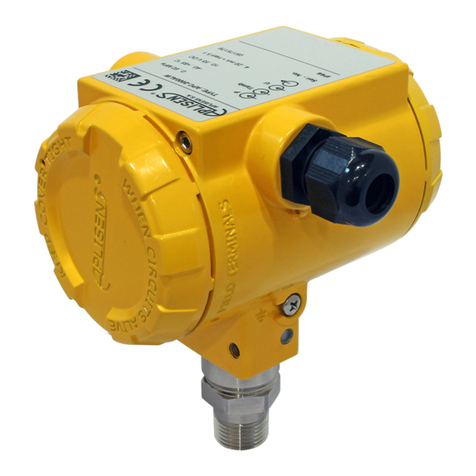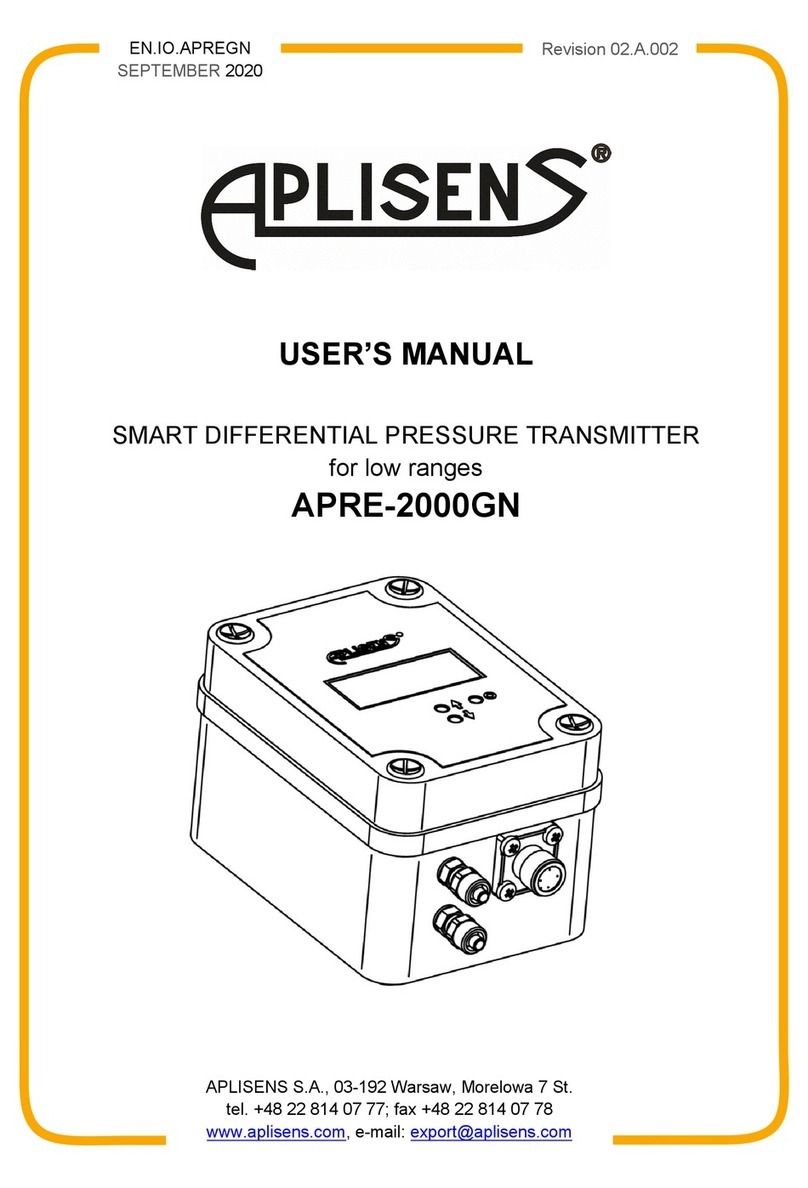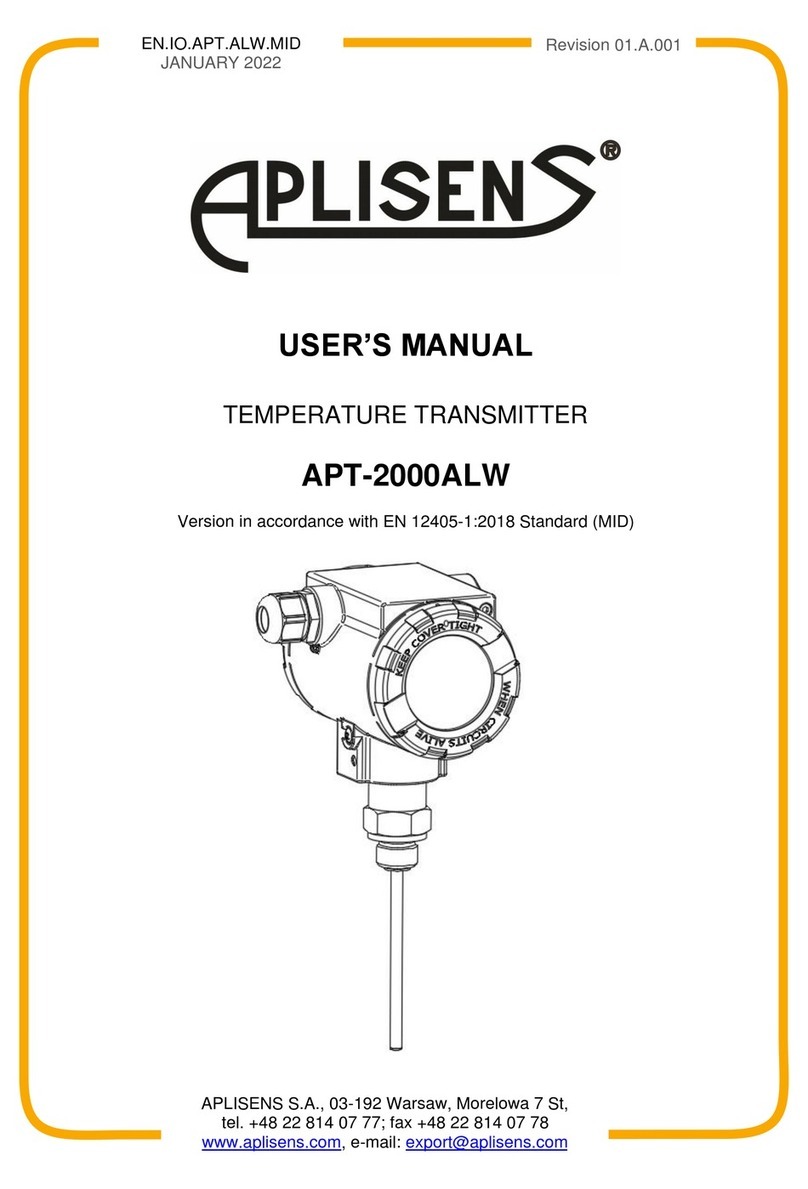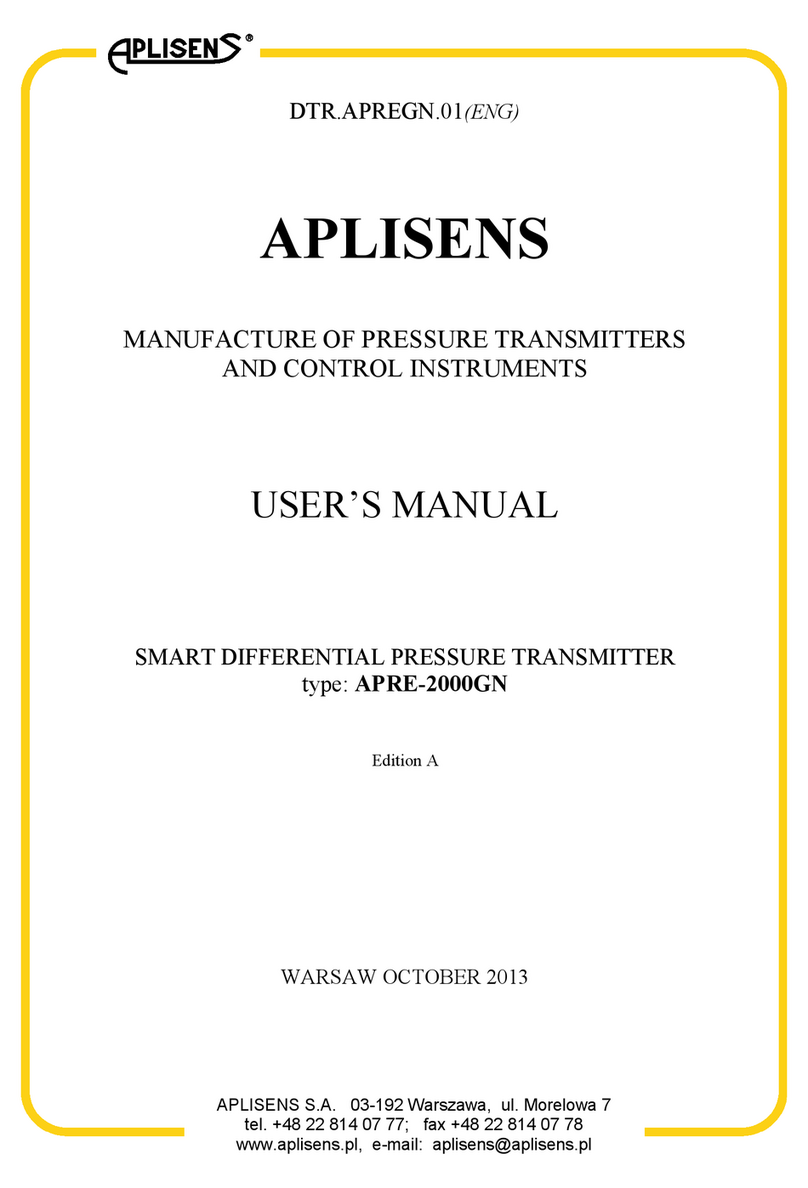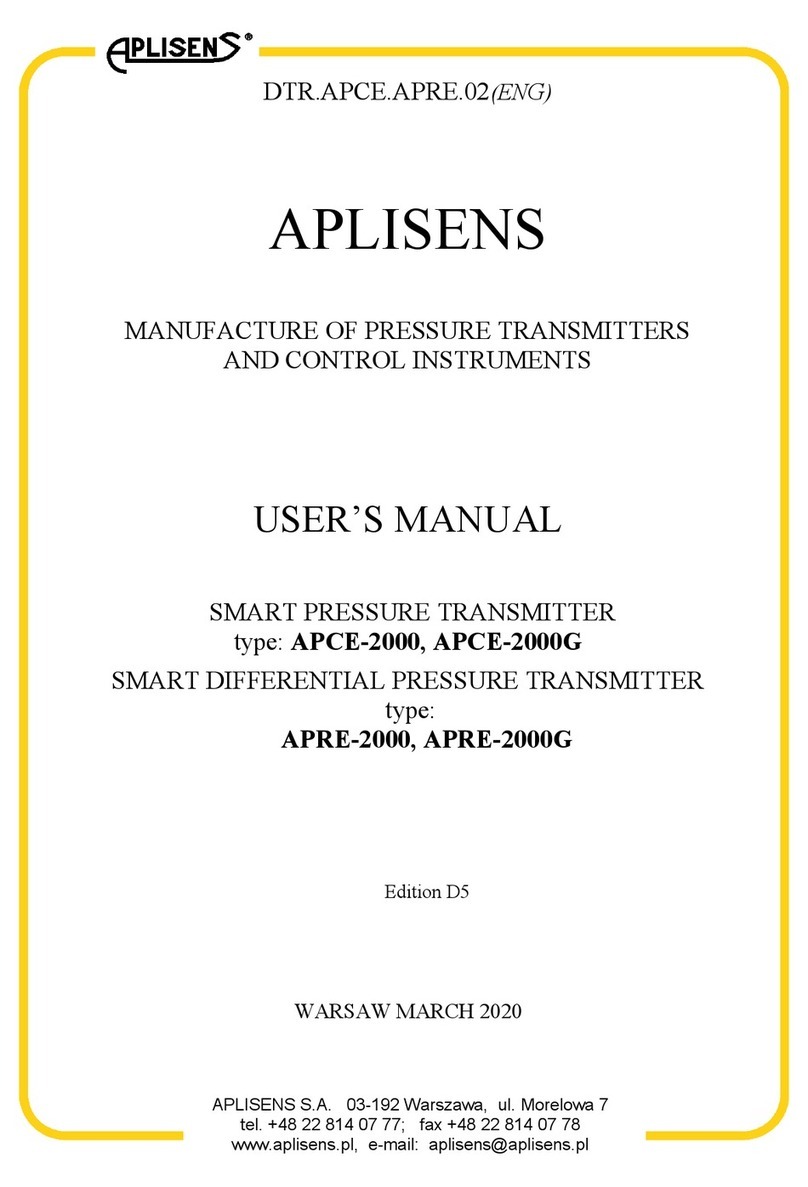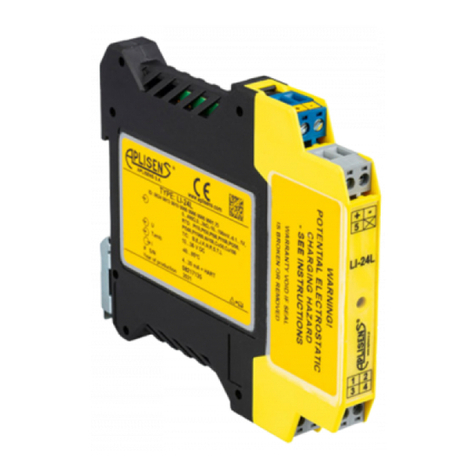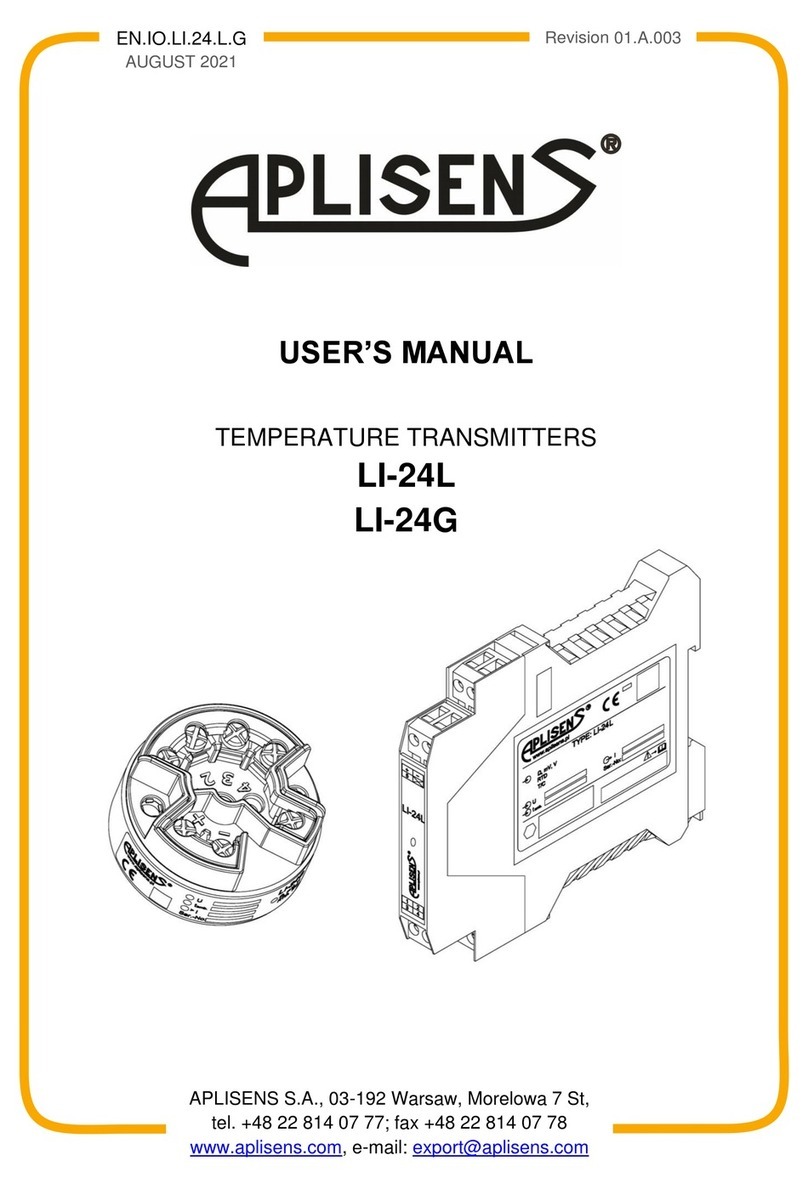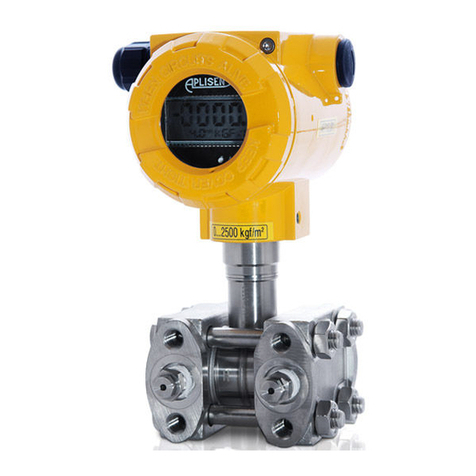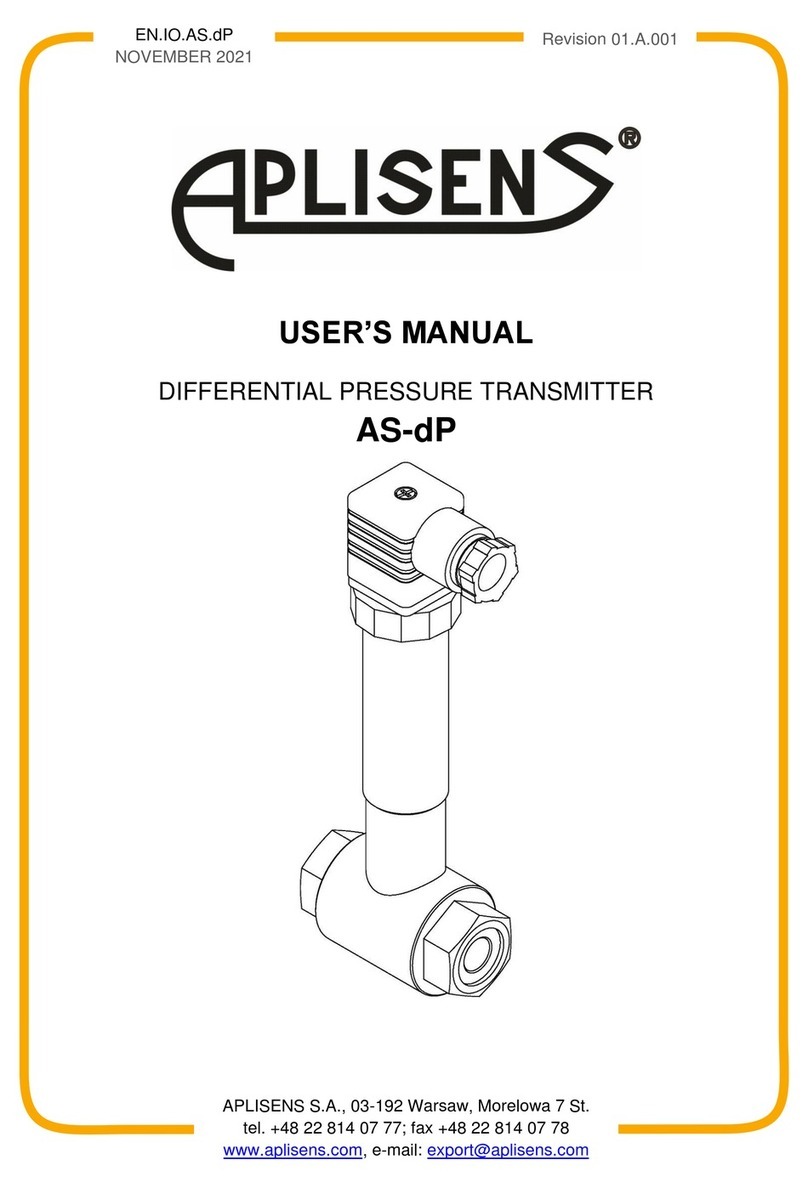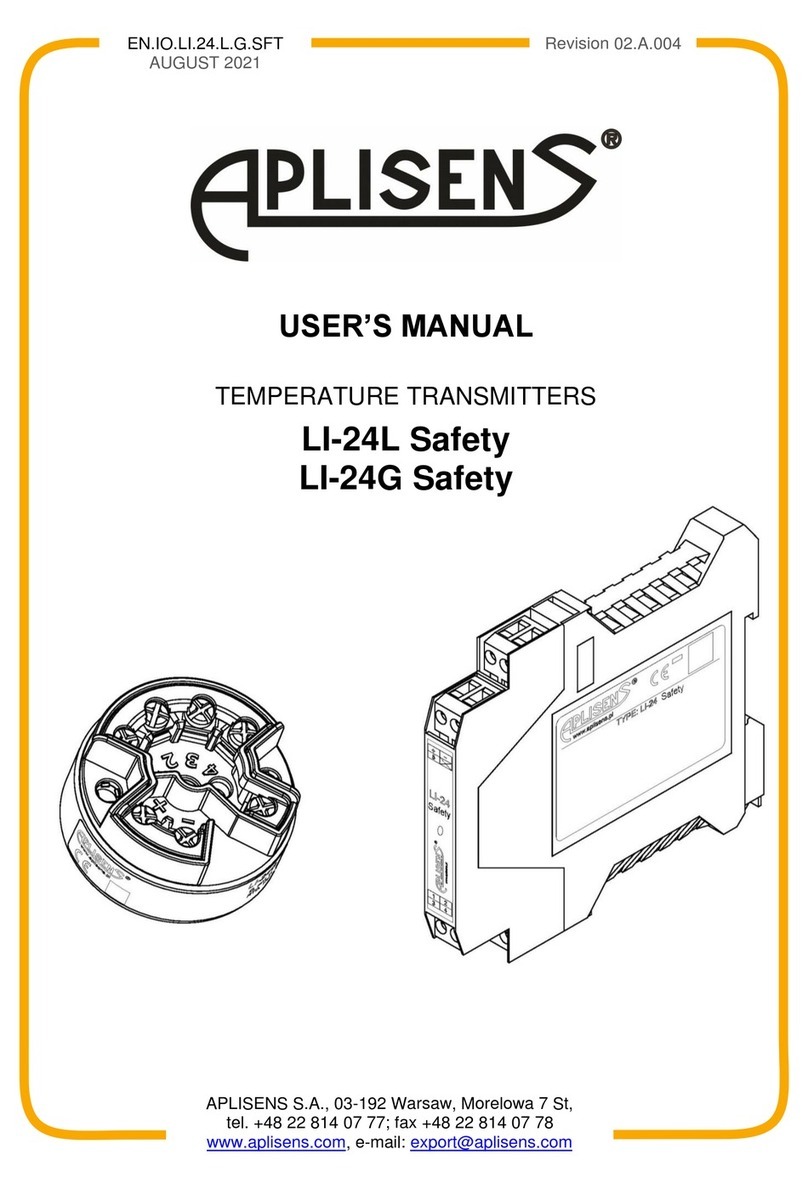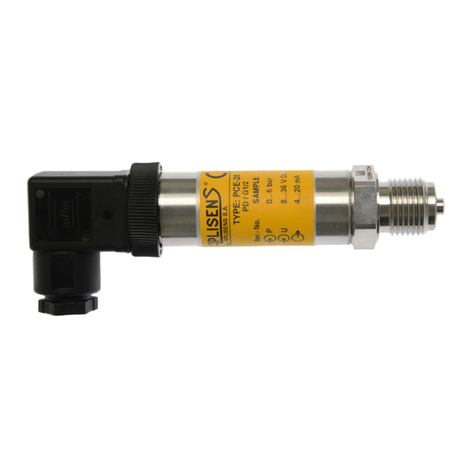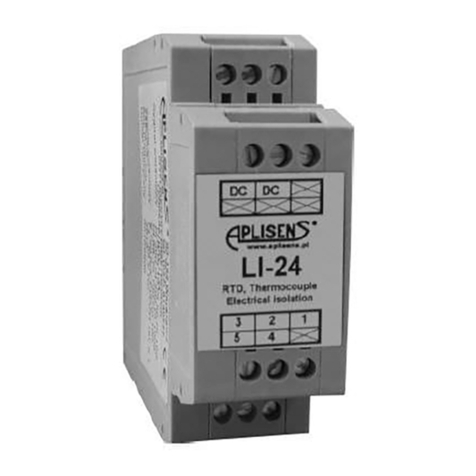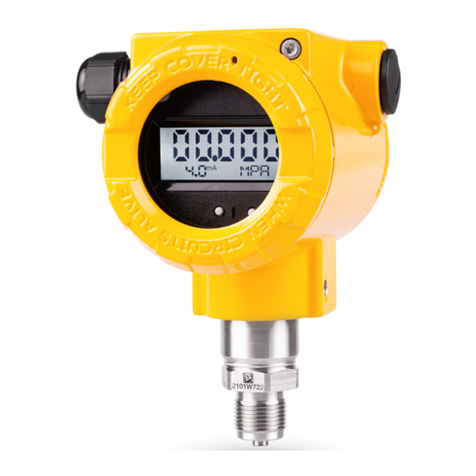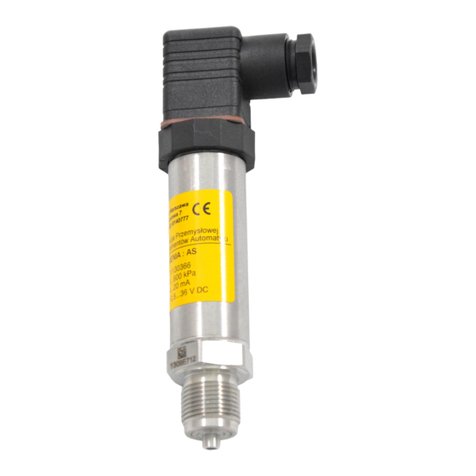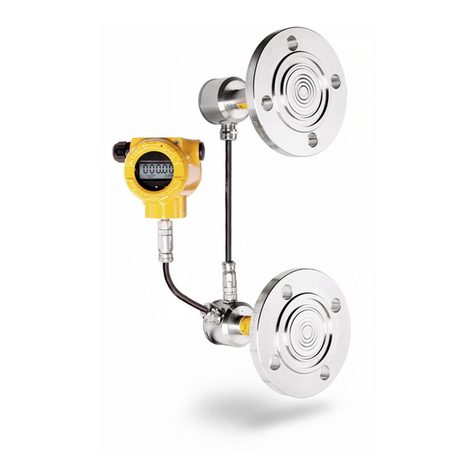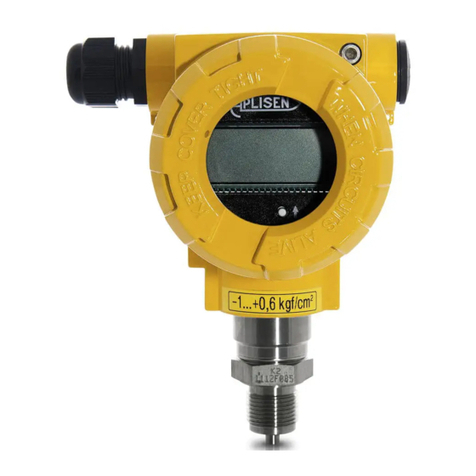4Revision 01.A.001/2021.04
TABLE OF CONTENTS
1. INTRODUCTION..........................................................................................6
1.1. Purpose of the document............................................................................................6
1.2. Registered trademarks................................................................................................6
1.3. Definitions and abbreviations......................................................................................7
1.4. Transmitter set range..................................................................................................8
2. SAFETY.......................................................................................................9
3. TRANSPORT AND STORAGE....................................................................9
3.1. Delivery check.............................................................................................................9
3.2. Transport.....................................................................................................................9
3.3. Storage .......................................................................................................................9
4. GUARANTEE ..............................................................................................9
5. IDENTIFICATION.......................................................................................10
5.1. Manufacturer's address.............................................................................................10
5.2. Transmitter identification...........................................................................................10
5.3. CE mark, declaration of conformity...........................................................................10
6. INSTALLATION.........................................................................................11
6.1. General recommendations........................................................................................11
7. ELECTRICAL CONNECTION....................................................................11
7.1. Cable connection to transmitter terminals.................................................................11
7.1.1. Cable connection ...............................................................................................11
7.1.2. Options for connecting sensors, potentiometers and voltage sources to the
transmitter.......................................................................................................................12
7.2. Connection of transmitters with the option of using HART communication...............13
7.3. Transmitter power supply..........................................................................................14
7.3.1. Transmitter supply voltage.................................................................................14
7.3.2. Specifications of electrical switching terminals...................................................15
7.3.3. Resistance load in power supply line .................................................................15
7.3.4. Shielding, equipotential bonding ........................................................................15
7.4. Final inspection of cabling.........................................................................................15
8. START-UP.................................................................................................16
8.1. Alarm configuration...................................................................................................16
8.2. Configuration of the operating mode.........................................................................17
8.3. Metrological parameters, types of sensors, measuring ranges and errors................18
9. OPERATION..............................................................................................21
9.1. Display configuration.................................................................................................21
9.2. Local MENU, error messages...................................................................................23
9.3. View of local LCD display..........................................................................................23
9.5. Operating temperature..............................................................................................24
9.6. Remote configuration of setpoints (HART 5).............................................................24
9.6.1. Compatible devices............................................................................................24
9.6.2. Compatible configuration software.....................................................................24
9.6.3. Method of connecting communication devices...................................................24
10.MAINTENANCE.........................................................................................25
